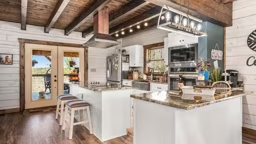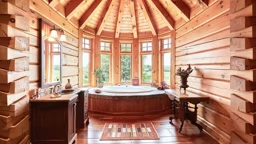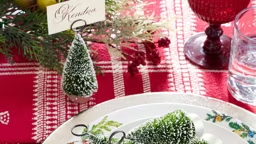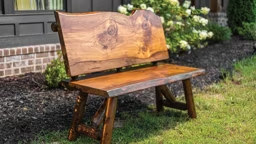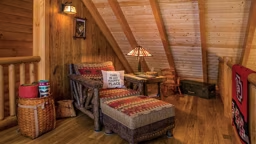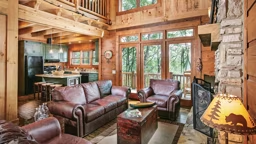If you’re like most homeowners, your property likely has a mix of sun and shade, allowing you a breadth of options for plantings. But what about those spots that never see the sun? They might be in tight corners where sunlight is blocked by your log or timber home itself, or if your house is in the forest, they could be beneath the trees, if there’s a significant canopy.
Happily, you don’t need to fill those areas with mulch and move on. We offer a selection of tried-and-true plants that thrive in cool, shady areas and will enliven even the darkest nooks and crannies.
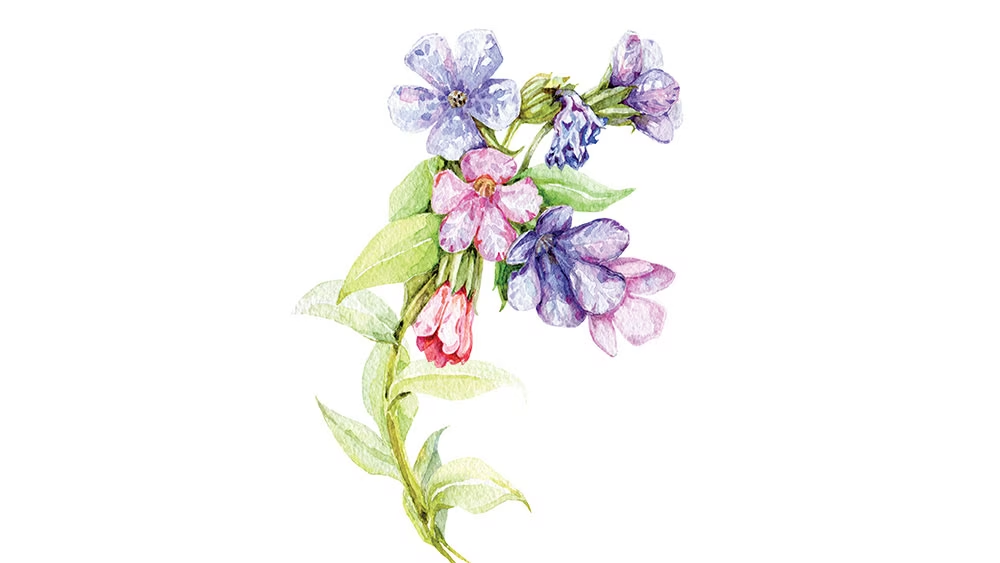
Lungwort
A common misconception about shaded areas is that flowered plants will wither away, but lungwort proves that’s not true. These delicate blossoms with the off-putting name erupt into a range of colors — sometimes with different hues on the same plant — and its silvery leaves are eye-catching in their own right. Other flowering varieties that do well with guarded sunlight are impatiens, hydrangeas and calendula.
Adobe / ©valya82
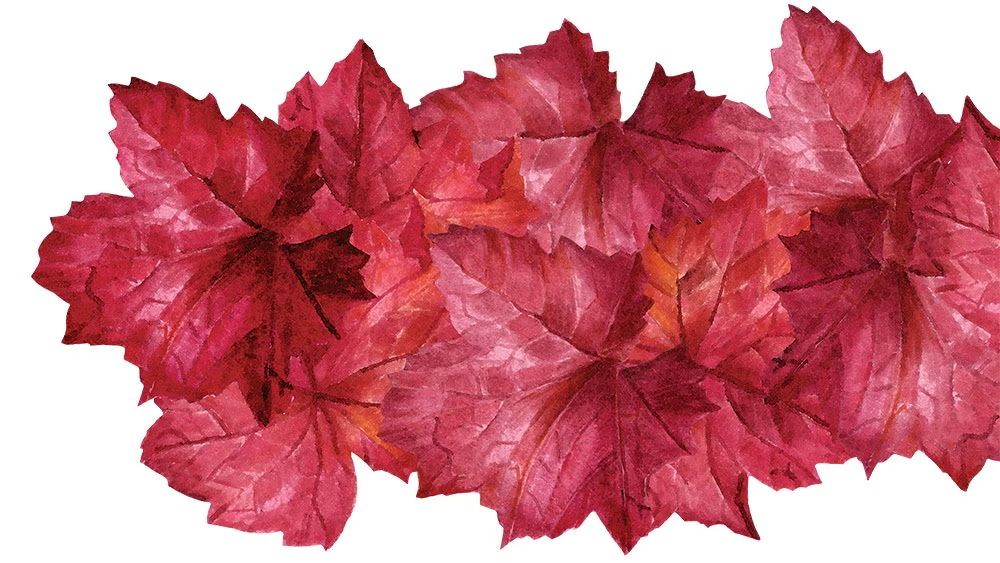
Coral Bells
Also called “heucheras,” these delicate plants do very well in shady sites and come in a variety of leaf colors, including a pinkish salmon, dark orange and purplish black. The ruffled edge to the leaves gives visual interest even when they’re not in bloom. These are good in the front of a shady area, since the leaves stay low and they have slim flowered stalks that last throughout the summer, depending on climate.
Adobe / ©laplateresca
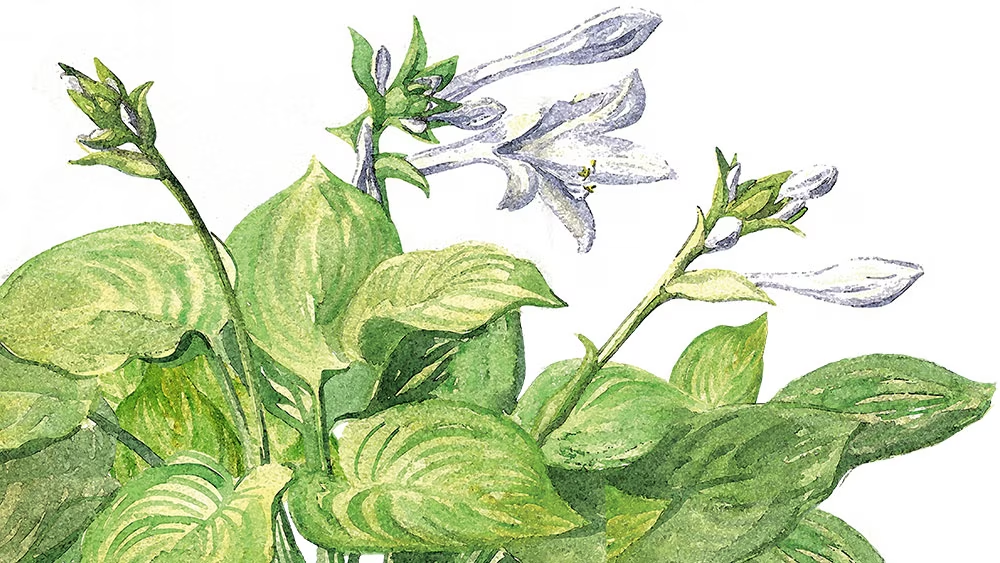
Hostas
These are the go-to shade plants because they flourish in darker spots, replicate easily and you can split them without much effort. If you find them a bit boring (as some avid gardeners do), try using them as spacers or fillers instead of the main attraction. That will give you some green without having them be front and center. Still not loving hostas? Ferns or nettle will accomplish the same objective.
Adobe / ©zatelepina
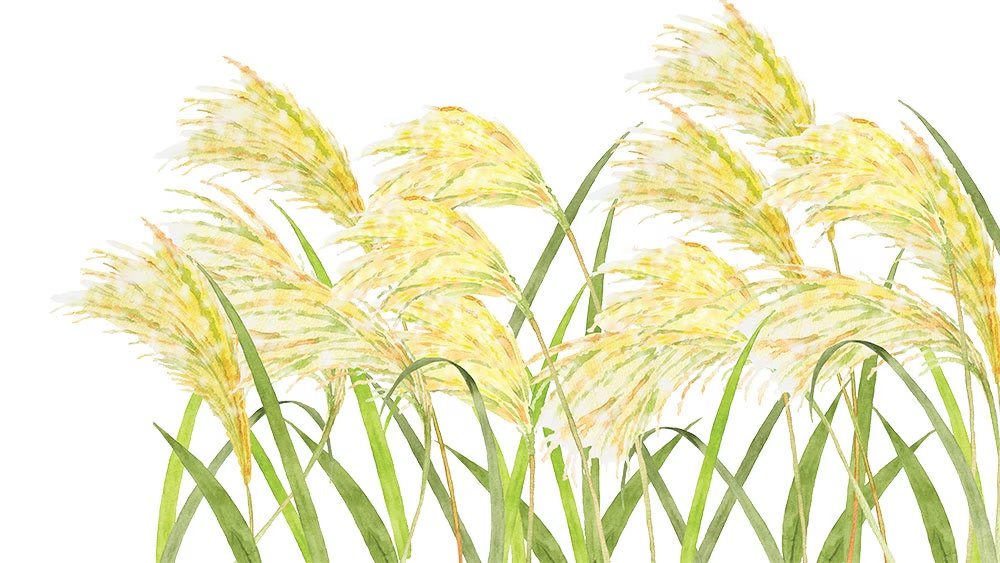
Ornamental Grasses
There are many types of grasses that perform in shade and burst with color, including Junegrass, Berkeley sedge and fescue. Strategically placed, grasses can provide a dynamic background to smaller plantings in front and help separate larger shady areas into zones.
Adobe / ©359676206
Previous
Next
Lungwort
A common misconception about shaded areas is that flowered plants will wither away, but lungwort proves that’s not true. These delicate blossoms with the off-putting name erupt into a range of colors — sometimes with different hues on the same plant — and its silvery leaves are eye-catching in their own right. Other flowering varieties that do well with guarded sunlight are impatiens, hydrangeas and calendula.
Adobe / ©valya82
Like other parts of a home’s landscape, hardscape features like a small walkway; a birdbath; benches and hammocks; and trellises with shade-loving ivy will transform a seldom-used spot into a sought-after destination. Also, since it’s always darker in the shade no matter the time of day,
adding strategic lighting in the form of small lanterns along a walkway or path can be especially striking and extend its use from day into night.
Take these tips to heart and you just might find yourself cultivating the perfect little out-of-the-sun retreat.








